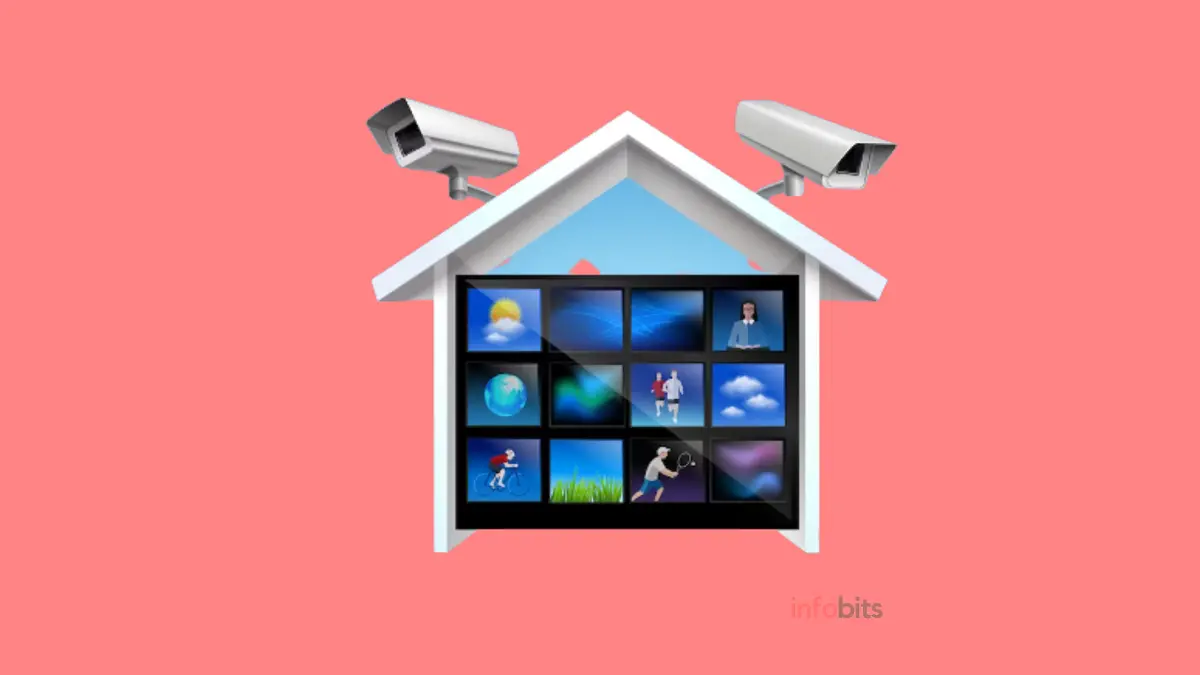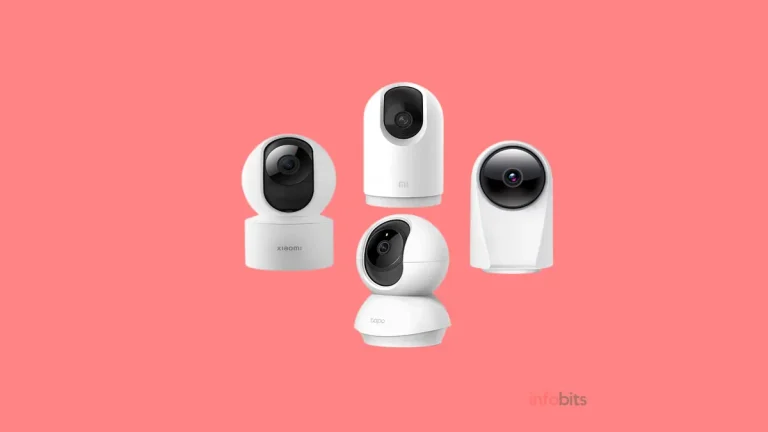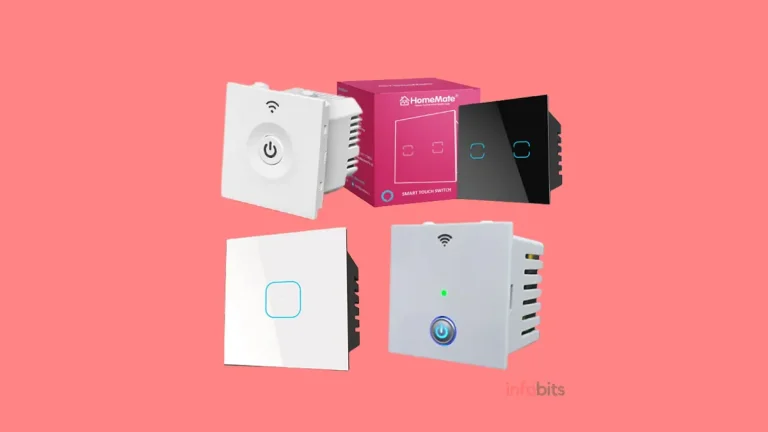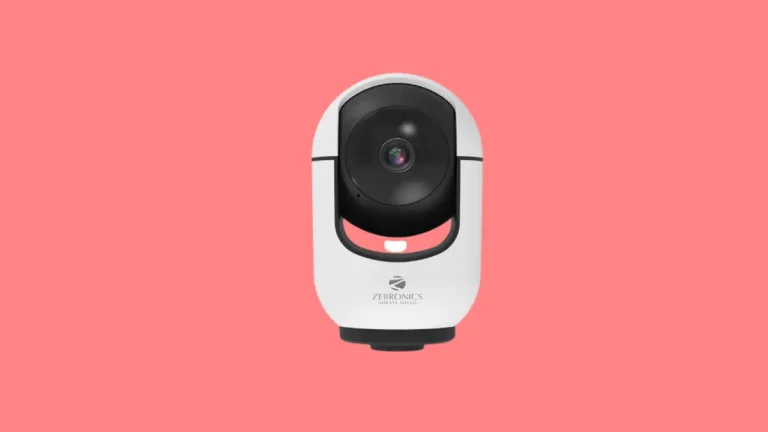Integrating Indoor Cameras Into A Smart Home Setup For Enhanced Monitoring
Have you ever wondered where the origins of surveillance cameras lie?
It is fascinating to discover that the concept of surveillance cameras can be traced back to an era that might surprise you – Stalin’s Soviet Russia.
Casting our minds back to 1927, a Russian physicist named Leon Theremin unveiled a ground-breaking wireless system that interlinked a video camera with a television, laying the foundation for what would become the modern surveillance camera.
This invention was initially used to monitor individuals arriving at Moscow’s Kremlin.
From then on, indoor cameras have become an important part of the smart home revolution. These advanced closed-circuit surveillance devices have completely changed how we think about home security and monitoring.
In this article, we will explore the benefits, considerations, and best practices for integrating indoor cameras into a smart home ecosystem.
The Evolution of Indoor Cameras: From Security to Smartness
From their low-resolution, black-and-white predecessors, indoor cameras have undergone remarkable advancements.
Today’s indoor cameras are equipped with high-definition video capabilities, night vision, motion detection, and even two-way audio communication.
They no longer merely serve as security measures; they have evolved into multi-functional components of a smart home ecosystem.
With the rise of the Internet of Things (IoT), these cameras can be seamlessly integrated into the larger network of connected devices, offering a holistic approach to home monitoring.
The Benefits of Integrating Indoor Cameras
The integration of indoor cameras into a smart home setup offers a myriad of benefits that go beyond just security.
Enhanced Security: The primary function of indoor cameras in a smart home setup is to provide an extra layer of security. These cameras keep a watchful eye on your property, alerting you to any suspicious activities in real time. Whether you are at work, travelling, or simply in another room, you can access live feeds through your smartphone, ensuring constant vigilance.
Remote Monitoring: With the advent of smartphones and high-speed internet, you can now monitor your home from virtually anywhere. Did you forget to turn off the lights? Want to check if your pet is behaving? Indoor cameras give you the ability to remotely access live feeds and recordings.
Family Safety: Indoor cameras aren’t just about keeping burglars at bay. They also help you keep tabs on your loved ones. Whether it’s monitoring your kids when they’re home alone or checking in on elderly family members, these cameras provide an added layer of safety.
Integration with Smart Devices: The beauty of a smart home lies in its interconnectedness. Indoor cameras can be integrated with other smart devices such as doorbells, locks, and motion sensors. For instance, a camera can send you an alert if it detects movement in the living room while you’re away.
Insurance Benefits: Some insurance companies offer discounts for homeowners with integrated security systems. This not only saves you money but also gives you peace of mind knowing that you are taking proactive steps to protect your home.
Considerations When Integrating Indoor Cameras
While the benefits are compelling, there are important considerations to keep in mind when integrating indoor cameras into your smart home setup:
Strategic Placement:
Choose strategic locations for your cameras to maximise coverage while respecting privacy. Entryways, hallways, and common areas are typically good options.
Privacy Concerns:
While indoor cameras are a boon for security, they also raise legitimate privacy concerns. It is essential to establish clear guidelines for camera placement and usage within your home, especially in areas where privacy is of utmost importance, such as bedrooms and bathrooms.
Camera Quality:
The market is flooded with a plethora of indoor camera options. Invest in high-quality cameras with features like high-definition resolution, night vision, pan-tilt-zoom, wide-angle lenses, and two-way audio communication. This ensures you get clear visuals even in low-light conditions.
Video Storage:
Depending on the camera model, video footage may be stored locally or in the cloud. Cloud storage offers convenience, but it is important to understand the associated costs and potential security implications.
Cybersecurity:
Security breaches can compromise your privacy and safety. Opt for cameras with strong encryption protocols and regularly update their firmware to patch vulnerabilities.
Best Practices for Seamless Integration
To make the most of integrating indoor cameras into your smart home, follow these best practices:
Network Reliability: A stable internet connection is essential for real-time access. Ensure your Wi-Fi network is robust and consider investing in a mesh Wi-Fi system if needed.
App Accessibility: The camera’s accompanying mobile app plays a crucial role in your experience. Opt for cameras with user-friendly apps that offer intuitive navigation, remote control, and instant alerts.
Regular Maintenance: Keep your cameras clean and clear of debris. Regularly check for firmware updates to maintain optimal security.
Customisation: Most cameras allow you to customise motion detection zones and sensitivity. Fine-tune these settings to reduce false alarms and alert you to relevant events.
The Future of Indoor Cameras in Smart Homes
As technology continues to evolve, the capabilities of indoor cameras in smart homes are poised to expand further.
Expect to see more integration with augmented reality (AR) and virtual reality (VR) systems, enabling homeowners to immerse themselves in their home environment remotely.
Furthermore, the application of machine learning algorithms will likely lead to even more advanced behaviour recognition, allowing indoor cameras to anticipate events based on patterns and trends.
Conclusion
The integration of indoor cameras into a smart home setup is more than just a trend; it’s a significant step towards enhancing security, monitoring, and overall peace of mind.
By combining high-quality video with intelligent features, these cameras provide an unprecedented level of control and awareness over our living spaces. From safeguarding our families to assisting in emergencies, the benefits are undeniable.
As technology continues to evolve, so too will the capabilities of indoor cameras, promising an even brighter and safer future for smart homes everywhere.
So, whether you are at work, on vacation, or simply relaxing in your living room, you can rest easy knowing that your smart indoor cameras have your home covered.
We hope you are interested in our articles and consider following our Facebook, Instagram, and Twitter pages for regular updates.
Subscribe to our free newsletter to get similar articles and regular updates directly in your Email Inbox.
Also, share this article with your friends and relatives. Bookmark this page for future reference.

This article is authored by Mr. Bipin Gupta, Product Manager EZVIZ.







